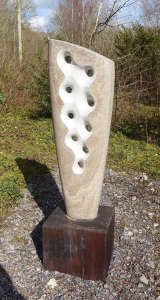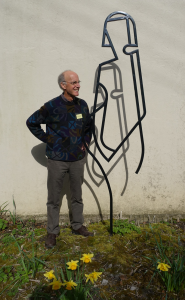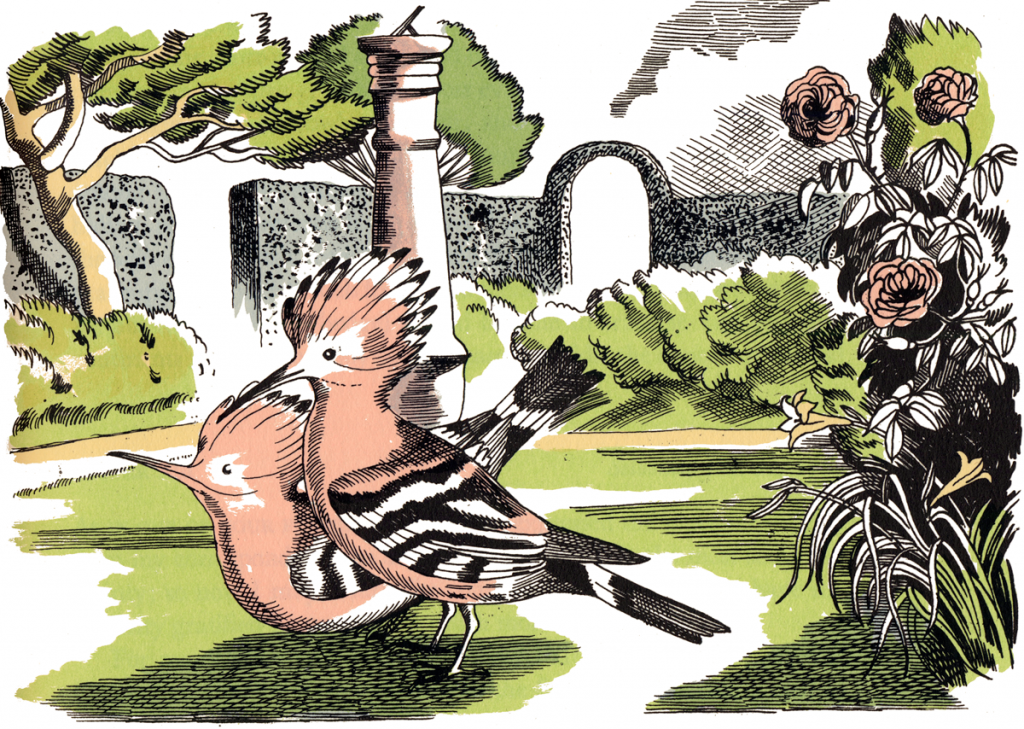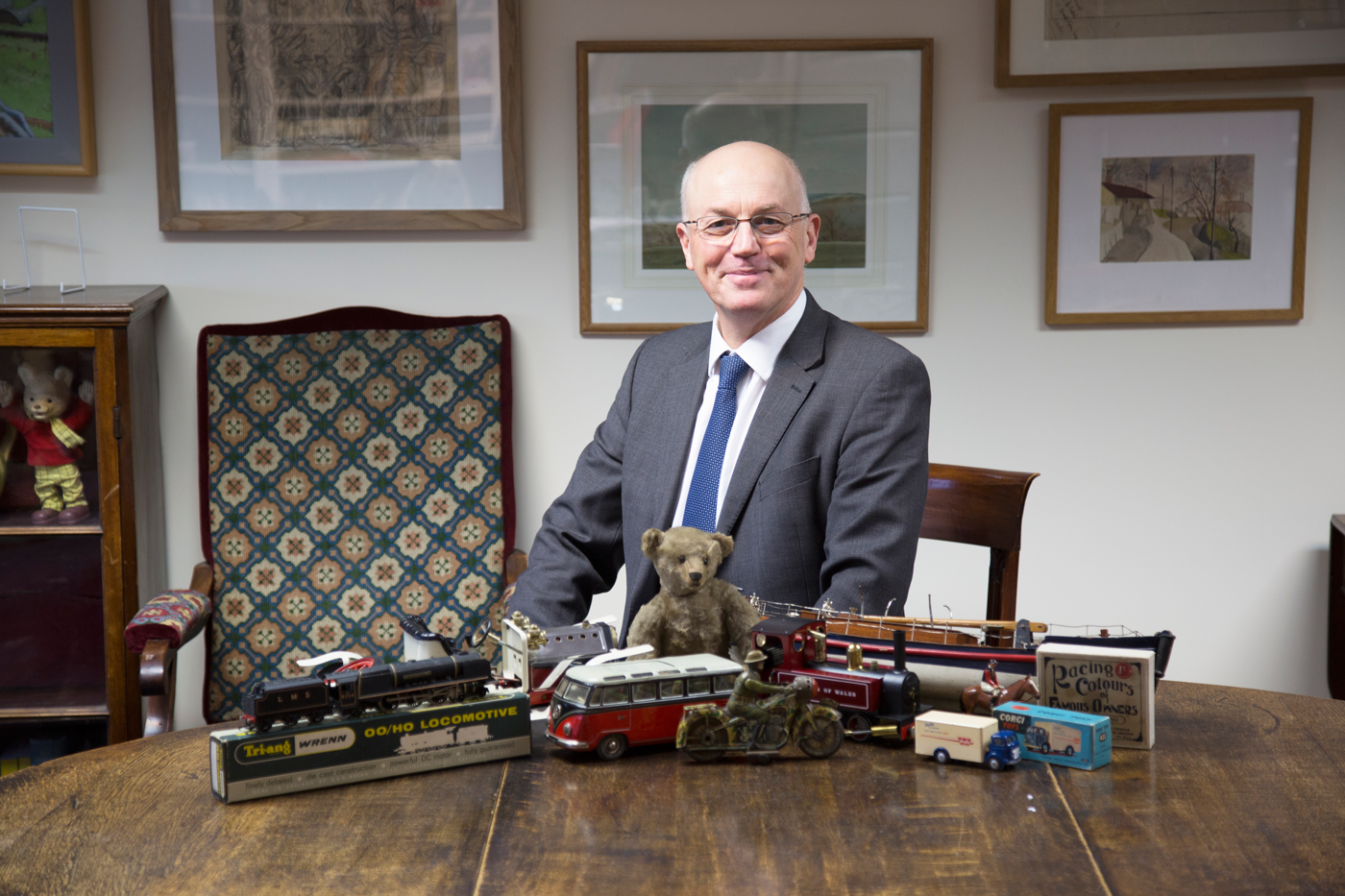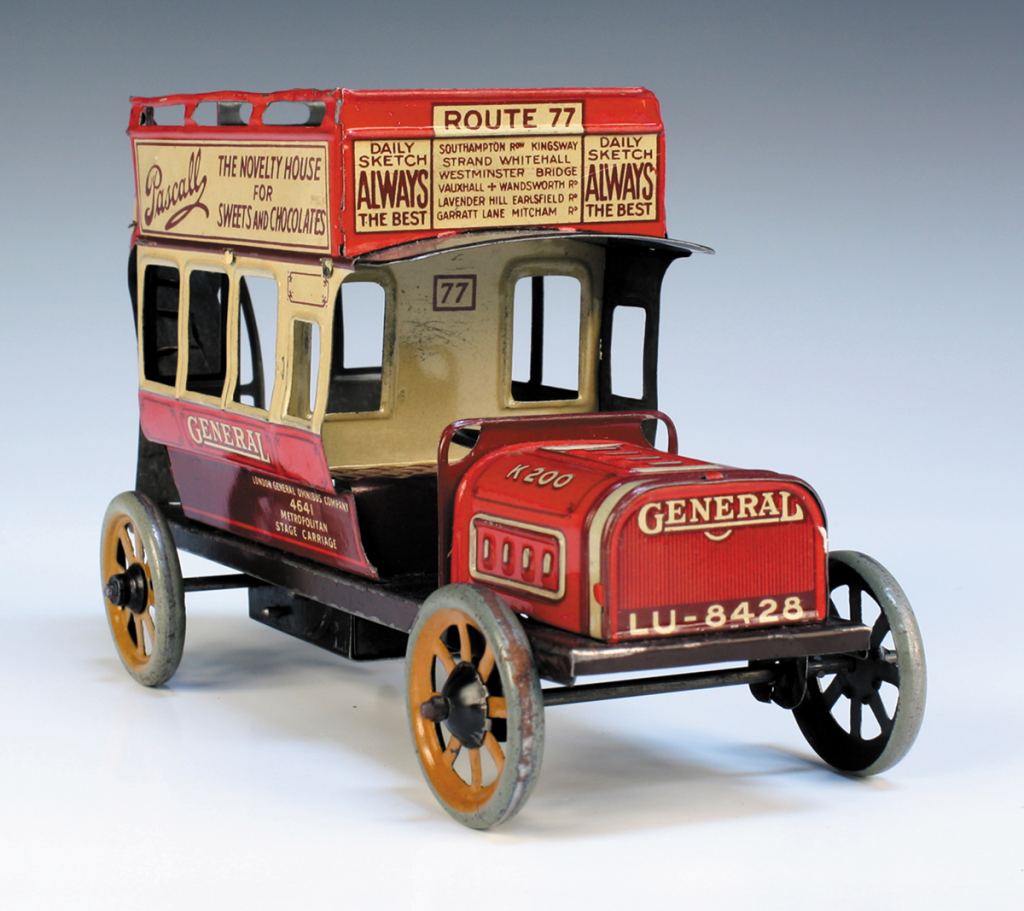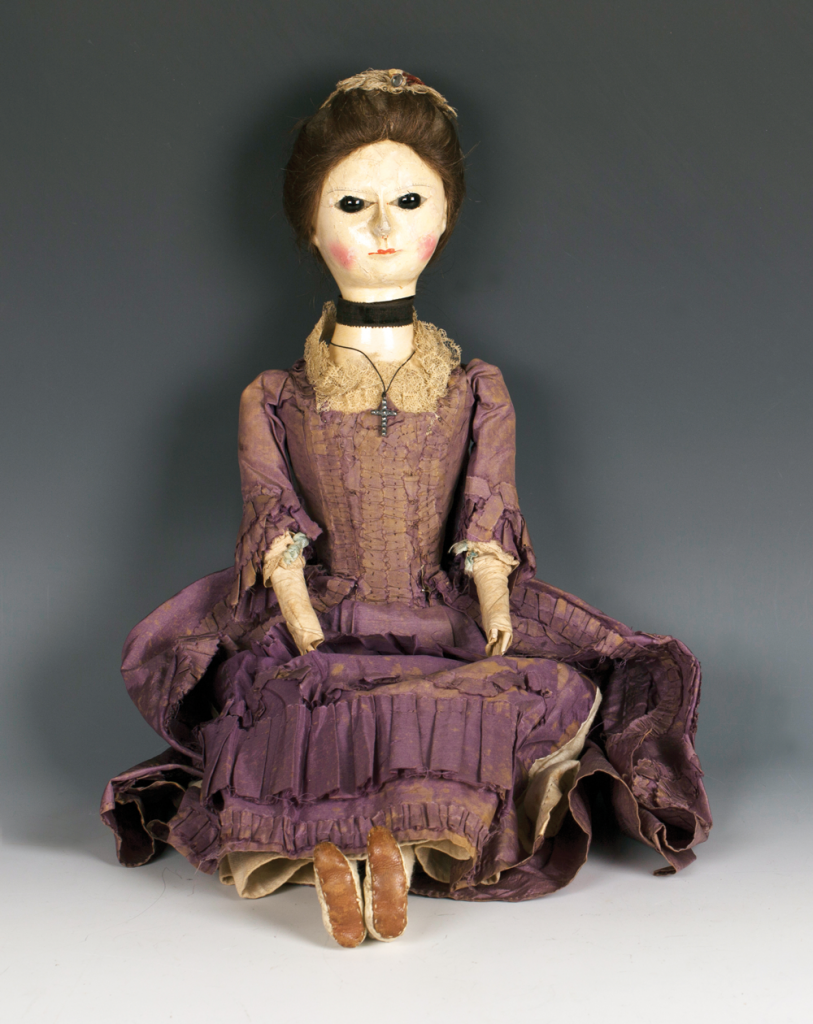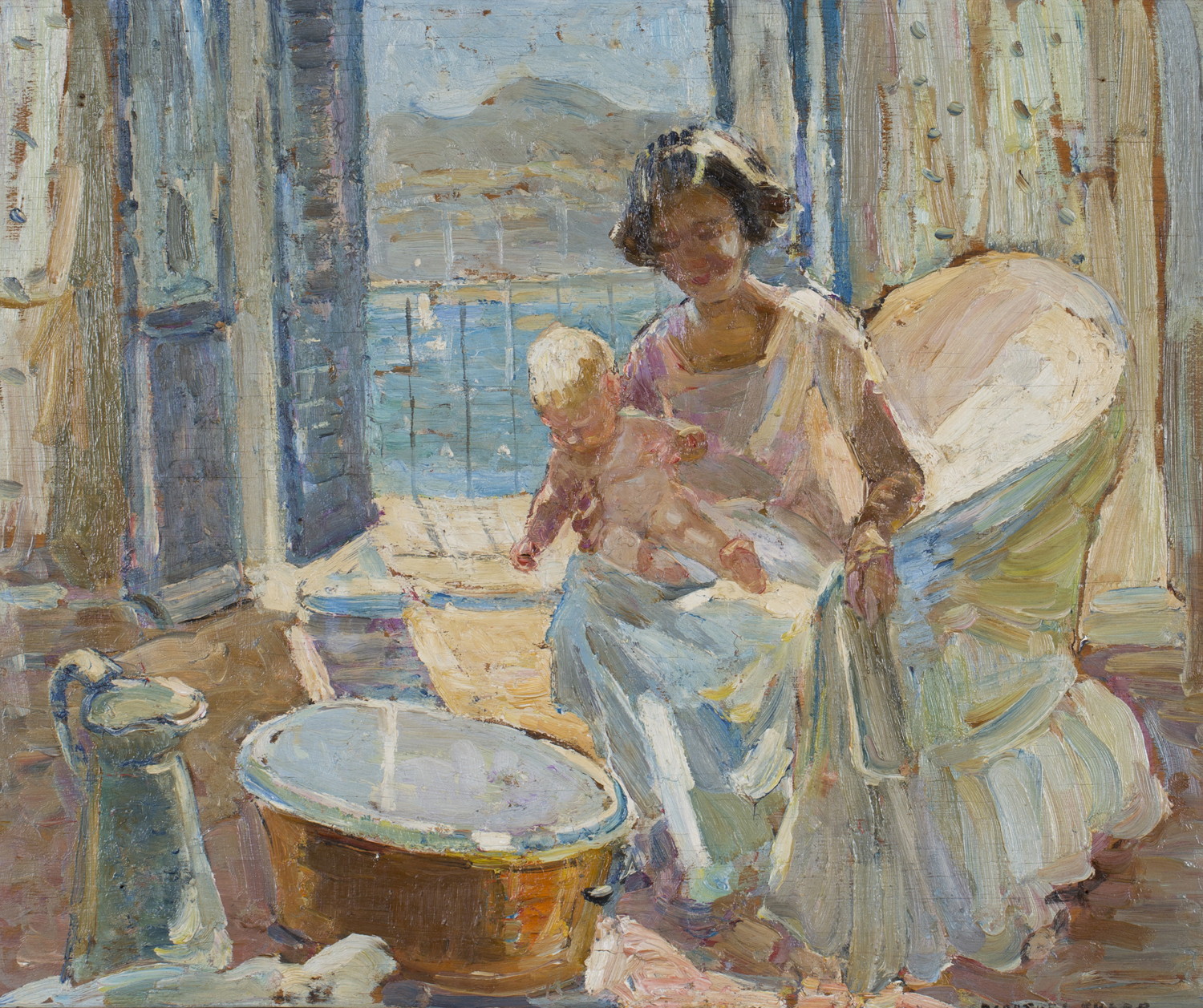
For many across West Sussex Mothering Sunday is traditionally a day for gathering at church and with families celebrating and giving thanks for mums and their love.
But last Sunday was no ordinary Mothering Sunday. With churches closed and Prime Minister Boris Johnson’s plea not to visit our mums to keep them safe there was a real sense of heightened isolation in the face of COVID-19.
Nonetheless we are a resilient and hopeful people and love was shared across generations through Skype, FaceTime and the like. The Church of England streamed its services gathering us and the beautiful early spring weather lifted our spirits.
At its best there is a particular strength and grace to a mother’s love for her children. Constant, abundant and selfless, a mother will strive to bless their children with freedom through boundaries. This generous, constant attention to the needs of others and self-discipline provides an important example for our current times.
The 14th century anchoress Julian of Norwich lived her whole life in Norwich. Close to death she experienced Christ in a series of visions born out of her prayers. She survived and wrote the earliest surviving book in the English language written by a woman titled Revelations of Divine Love. Julian famously speaks of Jesus Christ as mother describing the quality of his love for us.
I loved the hope filled scene painted by Dorothea Sharp which was sold in Toovey’s March Fine Art Auction. Titled ‘The Bath’ it realised £8000 reflecting her reputation as a painter and the ever growing interest in women artists.
Dorothea Sharp’s paintings were influenced by her time in Paris and exposure to the Impressionists including Claude Monet. Best known for her landscapes, which often include children, Dorothea Sharp’s style is spontaneous and impressionistic. ‘The Bath’ depicts a hopeful, joyful, sunlit interior as a mother bathes her baby. Through the window beyond a sailing boat enters the estuary, the blue of the sea brilliant against the grey green hills of the far shore.
The love of a mother for her child is brilliantly captured with a confident palette and spontaneous brush strokes.
Love and prayer reaches across physical boundaries and shared stories of joys and sorrows bind families and communities together. I hope that each of us will, like a loving mother, tend to one another – those close to us and those we meet along the way. If we do then our nation’s story will once again be strengthened and renewed by our acts of compassion, consideration, love and service to others.

